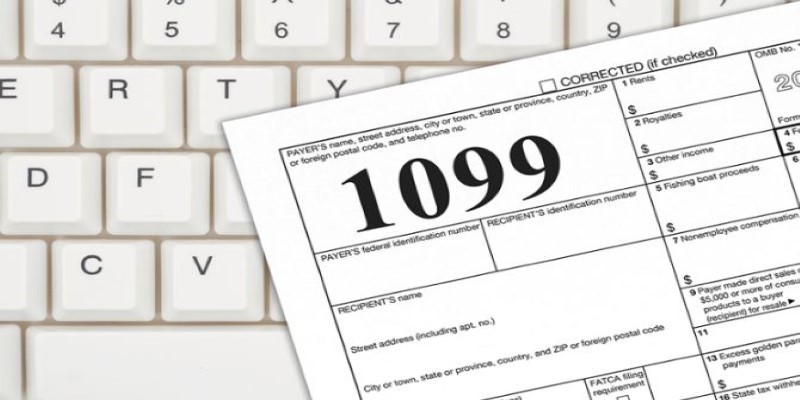Building muscle doesn’t always require lifting the heaviest weights in the gym. Using lighter weights with the right strategy can be just as effective for increasing strength and muscle growth. By focusing on form, higher repetitions, and controlled movements, you can achieve impressive results while reducing the risk of injury.
Why Lighter Weights Can Still Build Muscle?

Muscle growth, or hypertrophy, primarily depends on mechanical tension, metabolic stress, and muscle damage, not just the amount of weight lifted. While heavy lifting excels at mechanical tension, lighter weights can still stimulate the muscles by emphasizing the time under tension and increasing the volume of repetitions.
Lighter weights:
- Allow for greater control and technique
- Reduce the risk of injury or joint strain
- Enable longer sets for more metabolic fatigue
- Improve mind-muscle connection, a critical factor in muscle activation
These advantages make training with lighter loads an accessible and effective option, especially when paired with intelligent strategies.
Principle 1: Focus on Time Under Tension (TUT)
Time Under Tension refers to how long a muscle is under strain during a set. Using lighter weights, you can slow down the tempo of each repetition, holding the contraction longer and resisting the negative (eccentric) phase.
Action Plan:
- Use a 3:1:3 tempo: 3 seconds lifting, 1 second pause, 3 seconds lowering.
- Target 40–70 seconds of total tension per set.
- Keep your form strict—no jerking or bouncing.
This method increases cellular fatigue and metabolic stress, two strong triggers for muscle growth.
Principle 2: Maximize Reps Until Fatigue
With lighter weights, reaching fatigue takes longer, but it’s necessary. Research indicates that going close to failure with lighter weights (around 30–50% of your maximum) can stimulate muscle fibers similarly to heavy loads.
Action Plan:
- Use weights that allow 15–30 reps per set.
- Perform reps until you feel a deep muscle burn or cannot maintain perfect form.
- Keep rest intervals short (30–60 seconds) to increase metabolic stress.
Fatigue training ensures that the slower, fatigue-resistant muscle fibers are thoroughly worked, leading to adaptation and growth.
Principle 3: Increase Training Volume and Frequency
Because lighter weights place less strain on joints and the nervous system, you can train more frequently without overtraining. Volume—the total number of sets and reps—is a key driver of muscle growth.
Action Plan:
- Train muscle groups 2–3 times per week.
- Perform 4–6 sets per muscle group per session.
- Use a variety of exercises to target the muscle from different angles.
Progressive volume over weeks leads to consistent gains, even with reduced loads.
Principle 4: Use Advanced Techniques
To get the most out of lighter weights, employ intensity techniques that push the muscle further when traditional sets are no longer enough.
Techniques to Try:
- Drop Sets: Perform a set to fatigue, reduce the weight by 20–30%, and continue without rest.
- Rest-Pause Sets: Do a set to near failure, rest 10–15 seconds, and repeat.
- Partial Reps: After reaching fatigue, continue with small range-of-motion reps to extend the set.
These methods extend time under tension and push muscles to the edge, triggering growth.
Principle 5: Master the Mind-Muscle Connection
Muscle activation improves significantly when you consciously engage the target muscle during every rep. This connection is easier to develop with lighter weights, as you can focus more on form and contraction than on simply moving the load.
Action Plan:
- Visualize the muscle working during each repetition.
- Squeeze the muscle hard at the top of each movement.
- Eliminate momentum—focus only on controlled, quality movement.
This deliberate effort enhances neural activation and makes each rep more effective.
Principle 6: Prioritize Recovery and Nutrition
Regardless of weight used, muscle is built outside the gym, during rest and recovery. To support hypertrophy, your muscles need adequate time, sleep, and fuel.
Recovery Checklist:
- Get 7–9 hours of quality sleep each night.
- Allow 48 hours between workouts for the same muscle group.
- Eat a protein-rich diet with enough calories to support growth.
- Stay hydrated and manage stress.
A consistent recovery routine ensures that your body can rebuild stronger with each session.
Best Exercises to Use with Lighter Weights:

Some movements are particularly well-suited for lighter-weight training. These exercises allow a strong focus on form, isolation, and control.
Upper Body:
- Dumbbell lateral raises (shoulders)
- Incline dumbbell curls (biceps)
- Seated tricep extensions
- Cable chest fly
- Bent-over rear delt raises
Lower Body:
- Bulgarian split squats: A great single-leg exercise that targets your quads, hamstrings, and glutes while improving balance and stability.
- Goblet squats: A beginner-friendly squat variation where you hold a dumbbell or kettlebell at chest height, helping to build lower body strength and improve squat form.
- Glute bridges or hip thrusts: Excellent for isolating and strengthening the glute muscles, these exercises also help improve hip mobility and posture.
- Dumbbell Romanian deadlifts: A key move for targeting the hamstrings, glutes, and lower back, this exercise also helps enhance flexibility and overall hip strength.
- Seated leg extensions: A machine-based isolation exercise that directly targets the quadriceps, perfect for building strength and definition in the front of your thighs.
Core:
- Perform slow bicycle crunches, focusing on controlled movements to fully engage your core.
- Hold a weighted plank by placing a light to moderate weight on your back, keeping your core tight, and maintaining a neutral spine.
- Do Russian twists with light resistance by holding a small weight or medicine ball.
- Practice controlled leg raises by lying flat on your back with your legs straight.
Focus on performing these exercises slowly, with a full range of motion and high reps.
Tracking Progress Without Heavy Lifting:
Without increasing weight, you need other ways to ensure progress:
- Track reps: Keep a detailed log of your performance and aim to progressively add 1–2 more reps each week while maintaining the same weight. This will help you build strength over time and track measurable improvements.
- Slow tempo: Focus on moving through each rep slowly and deliberately, gradually increasing the time your muscles spend under tension. This not only promotes muscle growth but also improves control and stability during exercises.
- Shorten rest times: Gradually reduce the time you rest between sets to build endurance, increase workout intensity, and challenge your cardiovascular system alongside your muscles.
- Enhance form: Pay close attention to your technique during every session, aiming for smoother, more controlled movements. Proper form minimizes the risk of injury and ensures you're targeting the right muscles effectively..
Progress isn’t always about going heavier—it’s about doing better.
Conclusion:
Building muscle with lighter weights is not a compromise—it’s an effective and sustainable approach. It’s perfect for home workouts, joint limitations, or simply switching up your routine. By focusing on intensity, control, and higher reps, lighter weights can still deliver great results. Pair this with proper recovery and nutrition, and you’ll see strength and muscle growth. No need to chase the heaviest dumbbells—lighter weights can do the job with the right strategy.












